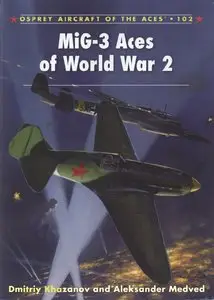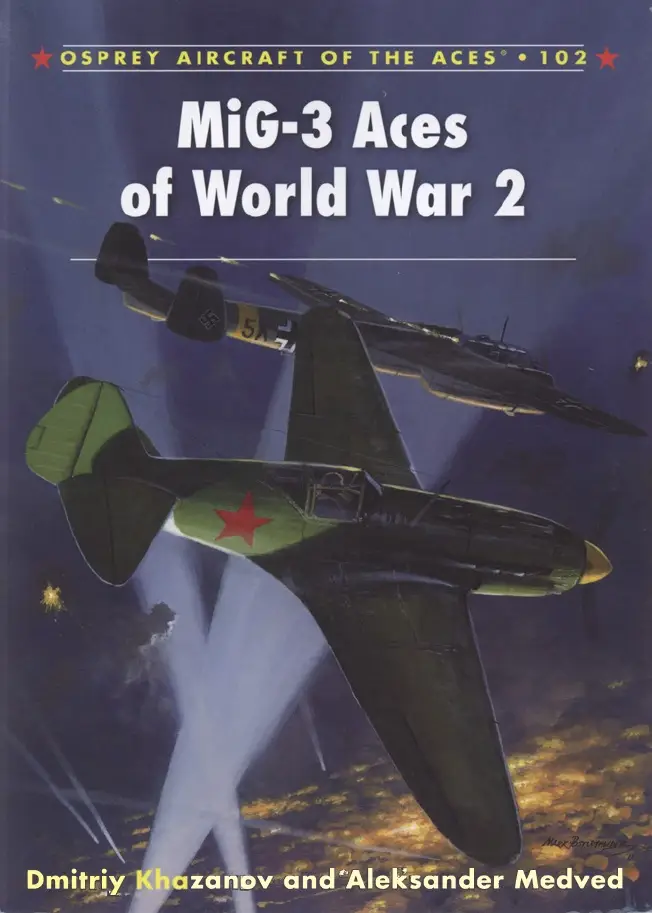MiG-3 Aces of World War 2 (Osprey Aircraft of the Aces 102)
Osprey Publishing | 2012 | ISBN-10: 1849084424 | ISBN-13: 978 1849084420 | English | 100 Pages | PDF | 11,6 MB
Osprey Publishing | 2012 | ISBN-10: 1849084424 | ISBN-13: 978 1849084420 | English | 100 Pages | PDF | 11,6 MB
Created by ex-Polikarpov designers Ivanovic Mikoyan and Mikhail Gurevich, the MiG-1/3 family of fighters was built to satisfy a Soviet Air Force requirement for an advanced, fast, high altitude fighter. Entering service in the spring of 1941, the problematic MiG-1 had its handling problems rectified with the hasty production of the MiG-3 - the latter had its Mikulin engine moved further forward, increased outer wing dihedral and a strengthened fuselage. As of 22 June 1941, Air Force manoeuvre units in the five borderline military districts could field 917 MiG-3s. Many of these were destroyed on the ground when the Germans launched Operation Barbarossa. Nevertheless, enough examples survived to allow pilots such as Stepan Suprun (Twice Hero of the Soviet Union), Aleksandr Pokryshkin (Thrice Hero of the Soviet Union) and Lev Shestakov (Hero of the Soviet Union) to claim a number of victories on the type. Early successes by units such as 23rd and 28th IAPs resulted in 35 aerial victories being claimed by MiG-3 pilots in the first eight days of the Great Patriotic War. Other units enjoyed similar levels of success, with MiG-3-equipped 15 and 31st IAP proving themselves to be the most combat-ready fighter units on the Northwestern Front. By the end of 1941, a handful of pilots had 'made ace' flying the MiG-3, despite the Soviet air forces having taken a fearful beating at the hands of the Luftwaffe. In 1942 MiG pilots actively participated in the defence of Leningrad, Moscow, Odessa, Kiev and Sevastopol, with still more aviators becoming aces as the year progressed. Amongst them was Aleksandr Pokryshkin, the second-highest scoring Russian ace with 59 victories to his name. He claimed his first five kills while flying a MiG-3 with 55th IAP. Stalin terminated MiG-3 production in October 1941, although the fighter remained in frontline service in large numbers until mid-1942. Surviving examples continued to serve with national air defence regiments until 1943.



